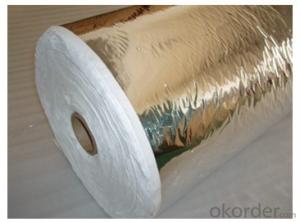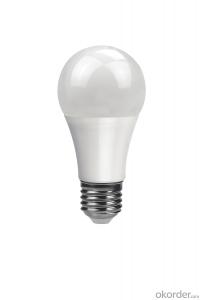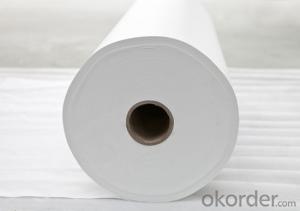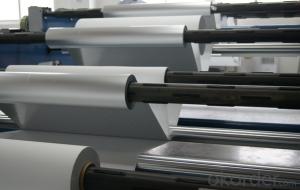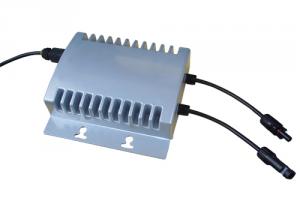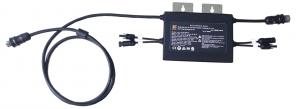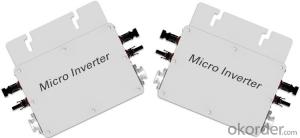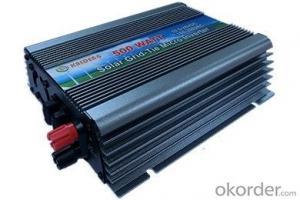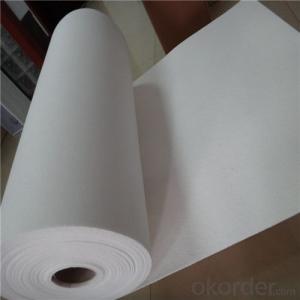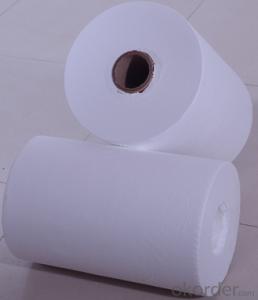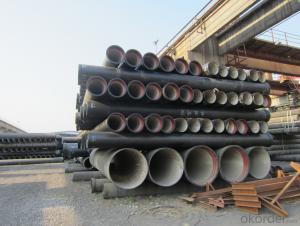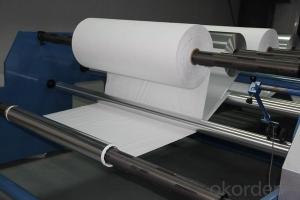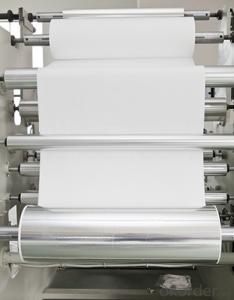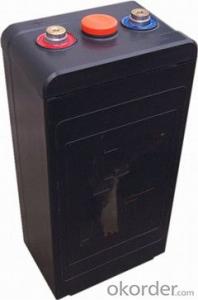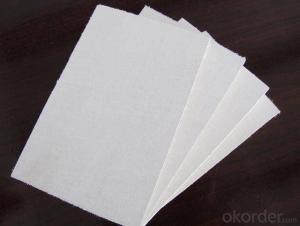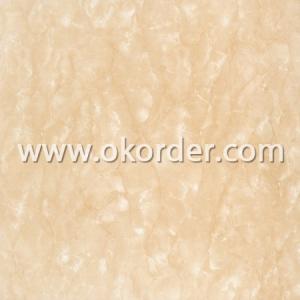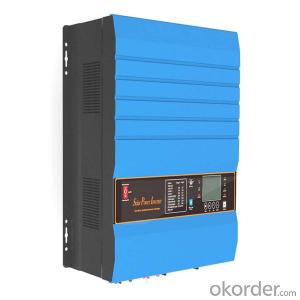Micro Inverter Wvc-1200
Micro Inverter Wvc-1200 Related Searches
Led Light Circuit Diagram 230V F250 Light Bar Behind Grille Led Transformers Explained Exclusive Led Headlights Datasheet Led 5730 Light Fixtures Industrial 120V 60Hz Ac Only Light Bulb Underwater Pool Light Bulb Fluorescent Light Globes Flush LightHot Searches
Rocksol Insulation Cost Micro Solar Inverter Price Solar Micro Inverter Price Solar Micro Inverter Companies Storage Lockers For Sale Tanning With Aluminum Foil Aluminum Foil Paper Price Fish Tank Air Pump Price Gold Aluminum Foil Near Me Rocksol Insulation CostMicro Inverter Wvc-1200 Supplier & Manufacturer from China
Okorder.com is a professional Micro Inverter Wvc-1200 supplier & manufacturer, offers integrated one-stop services including real-time quoting and online cargo tracking. We are funded by CNBM Group, a Fortune 500 enterprise and the largest Micro Inverter Wvc-1200 firm in China.Hot Products
FAQ
- Yes, a solar inverter can be used in conjunction with a smart home system. In fact, many modern solar inverters are designed to integrate seamlessly with smart home technologies. This allows homeowners to monitor and control their solar energy production, consumption, and other connected devices through a centralized smart home system or smartphone app.
- What is the difference between a PV inverter and a solar inverter?
- The main component of the inverter is the three-phase bridge converter. The main purpose of the grid-connected inverter is to change the power to DC and change the AC power. The main purpose is to improve the power quality (because the wind power generation is very large
- Yes, a solar inverter can be used with a solar-powered street lighting system. A solar inverter is responsible for converting the DC power generated by solar panels into AC power, which is necessary for powering street lights. By integrating a solar inverter, the solar-powered street lighting system can efficiently convert and utilize the energy generated by the solar panels, ensuring the proper functioning of the lights.
- A solar inverter handles frequency fluctuations in the grid by continuously monitoring the frequency of the grid and adjusting its own output accordingly. If the grid frequency increases, the inverter reduces its output to maintain stability. Conversely, if the grid frequency decreases, the inverter increases its output to help stabilize the grid. This way, the solar inverter actively contributes to maintaining a stable frequency in the grid.
- The typical efficiency ranges for different types of solar inverters can vary depending on factors such as the technology used, the quality of the inverter, and the specific application. However, in general, string inverters typically have efficiency ranges of around 95% to 98%, while microinverters can achieve efficiencies ranging from 95% to 99%. On the other hand, central inverters, which are commonly used in large-scale solar installations, often have efficiency ranges of 97% to 99%. It's important to note that these are average ranges, and actual efficiency can vary depending on various factors and specific product specifications.
- Yes, solar inverters are designed to withstand harsh weather conditions such as extreme temperatures, humidity, and even rain. They are typically built with protective enclosures and advanced technology to ensure reliable operation and optimal performance in challenging environmental conditions.
- The maximum AC output current that a solar inverter can provide depends on its specifications and capacity. Different models and brands may have varying maximum AC output current ratings, typically ranging from a few amps to several hundred amps. It is important to consult the specific technical specifications of a particular solar inverter to determine its maximum AC output current capacity.
- The role of a solar inverter in maintaining system stability is to convert the direct current (DC) produced by solar panels into alternating current (AC) that can be used by household appliances and fed back into the electrical grid. By regulating the voltage and frequency of the AC output, the inverter ensures that the solar system operates within the acceptable range, preventing overloading or damaging the connected devices. Additionally, solar inverters also help to synchronize the solar system with the grid, allowing for smooth integration and optimal energy flow. Overall, the solar inverter plays a crucial role in maintaining the stability and efficiency of the solar power system.
